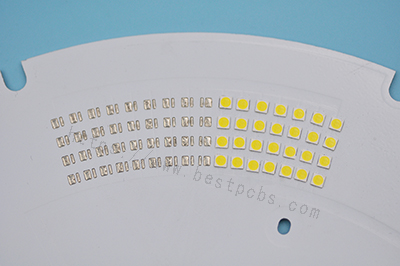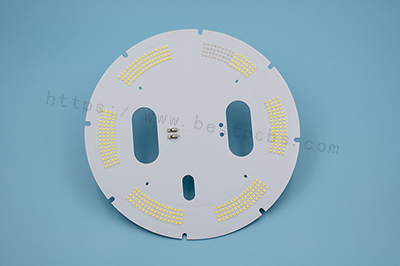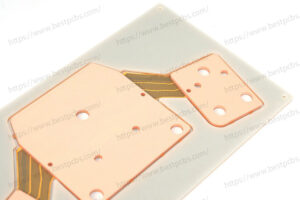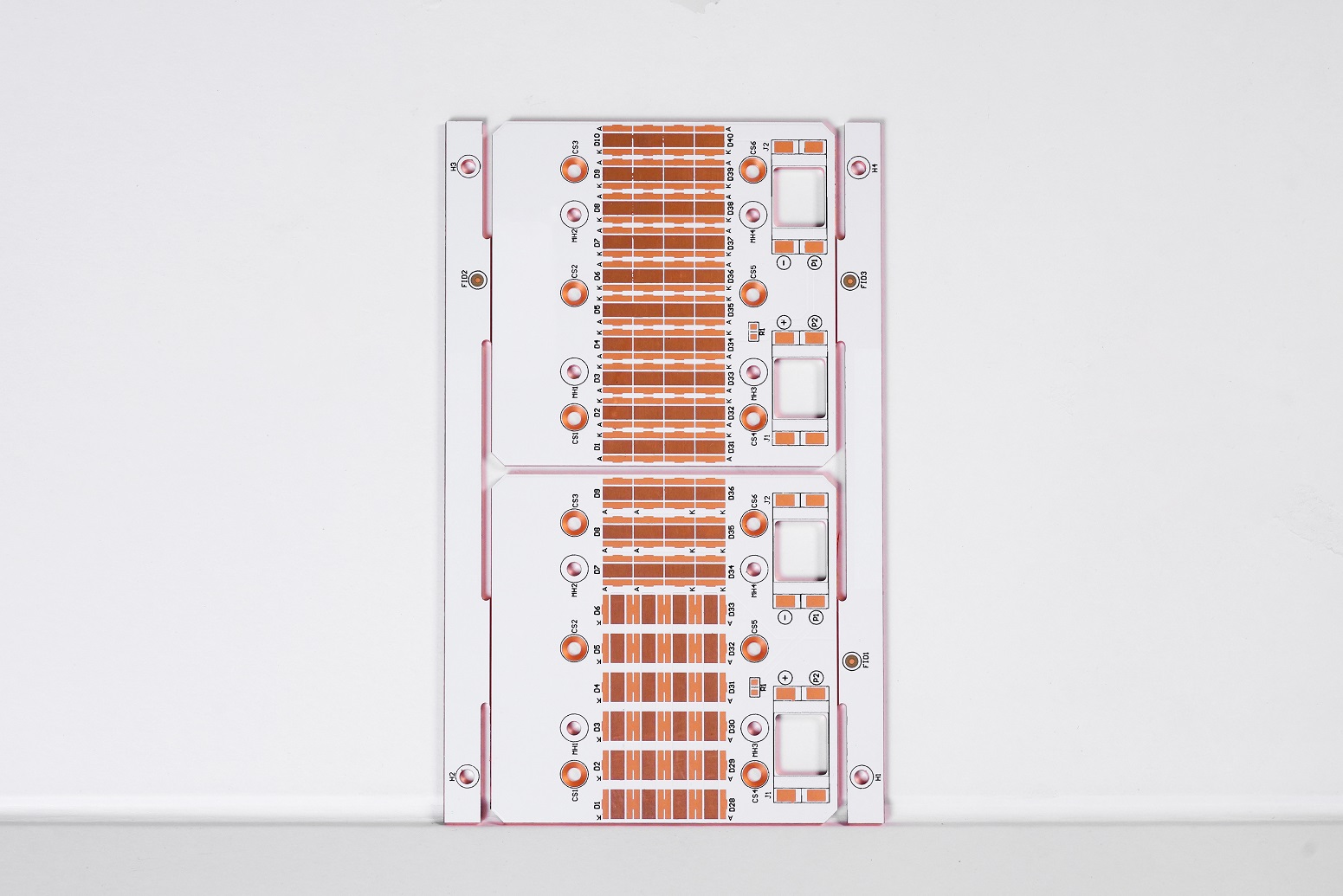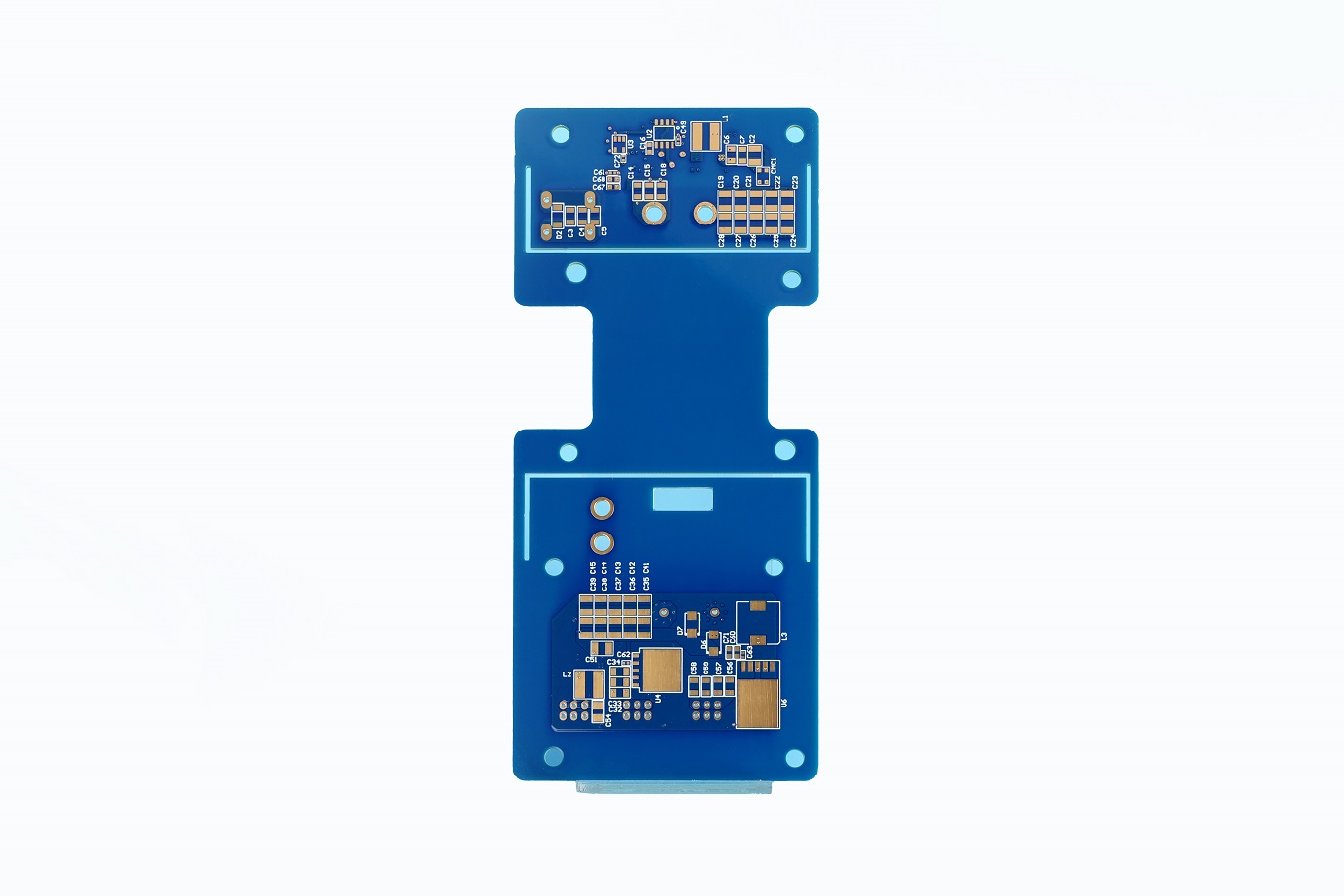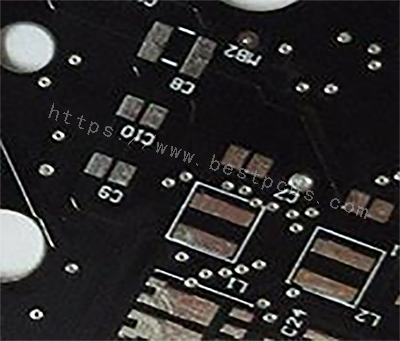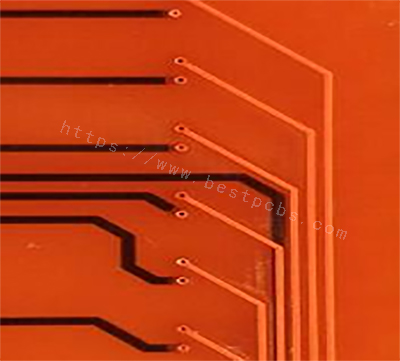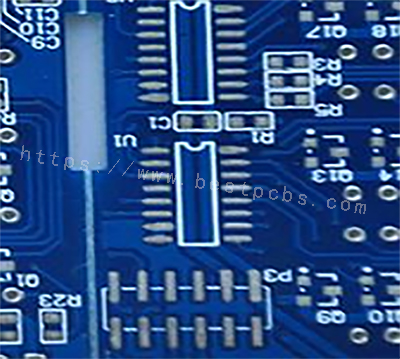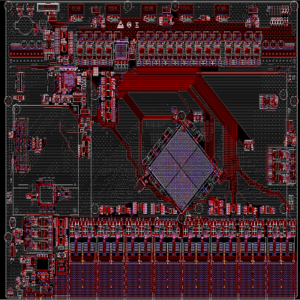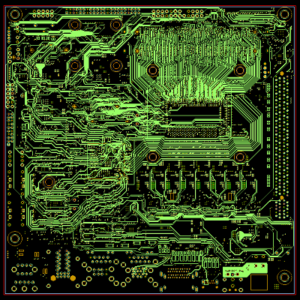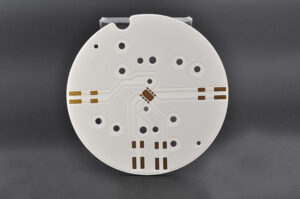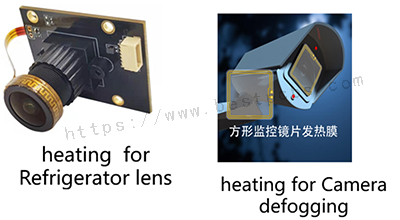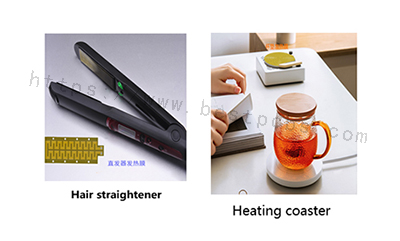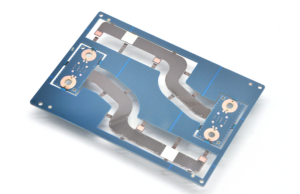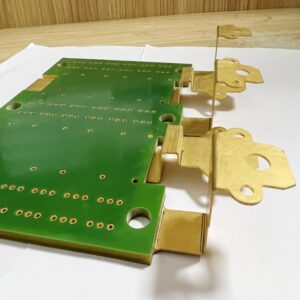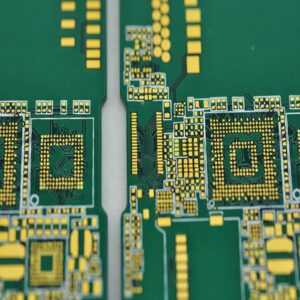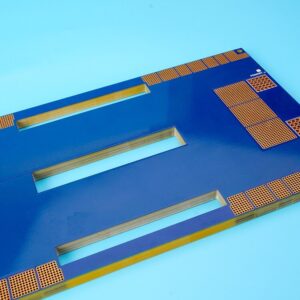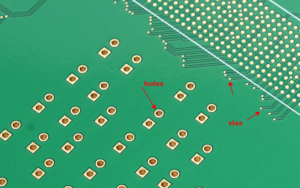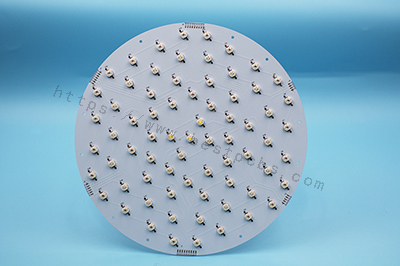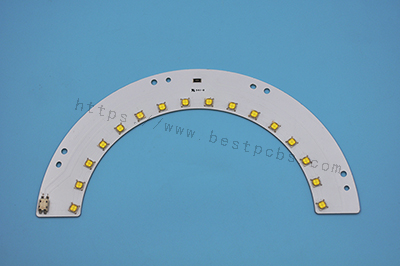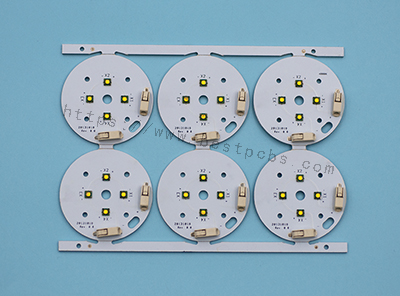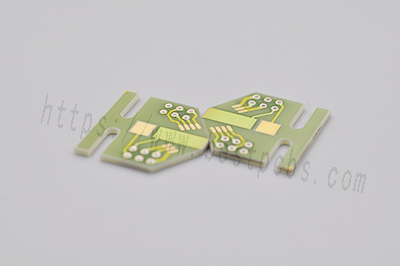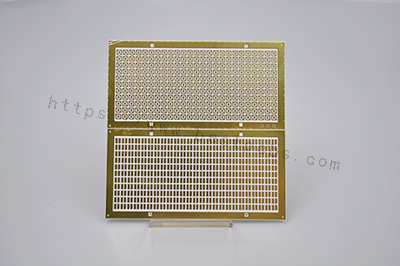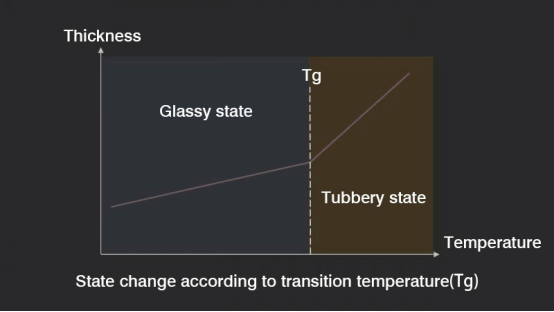With the development of electronic products, the requirements of circuit boards applied in electronic products are becoming higher and higher. The volume of printed circuit boards is also shrinking exponentially, the assembly density is increasing, and the internal wiring of the line layer is becoming more and more intensive. Compared with PCB, LED PCB with metal core can achieve better heat dissipation effect.
LED PCB material:
First of all, LED PCB space utilization is higher, it takes up relatively small space, but can withstand relatively high-power output.
It is well known that when the power of the circuit board is high, high heat will be generated. If the heat cannot be dispersed in time, it may lead to the shortening of the working life of LED products, and the more serious consequence is the safety problem of the circuit board due to overheating.
Therefore, in order to make the LED lighting system longer life, it is generally used to print the circuit board with metal core, and the characteristics of the metal core is relatively large density, strong thermal conductivity, conducive to heat dissipation effect.
LED PCB board design:
The LED PCB is also unique in that its components are located on the surface, rather than through holes, because the metal core at the bottom dissipates heat more quickly.
Some LED printed circuit boards have through-holes, especially multilayer metal core printed circuit PCB. Because the number of layers of the circuit board increases, the circuit layout is more complex, heat is more difficult to emit, and the existence of the through hole is to achieve faster heat dissipation. The drilling holes on the LED board are mounting holes, which are usually larger than the standard PCB through holes.
LED PCB solder mask color:
In addition, LED printed circuit board solder resistance layer color is also its characteristics.
The color of solder resistance layer on the LED printed circuit board is usually white, while the PCB board has a series of colors such as black, green and red and so on. This is also determined by the characteristics of LED boards in practical applications. Since LEDPCB board is usually used as backlight board, photosensitive solar ink is usually coated on the surface of the circuit board. White Taiyo Solder mask can achieve high temperature resistance, not easy to change color, high reflectivity, so as to achieve the reflection effect of lighting and better lighting effect.


